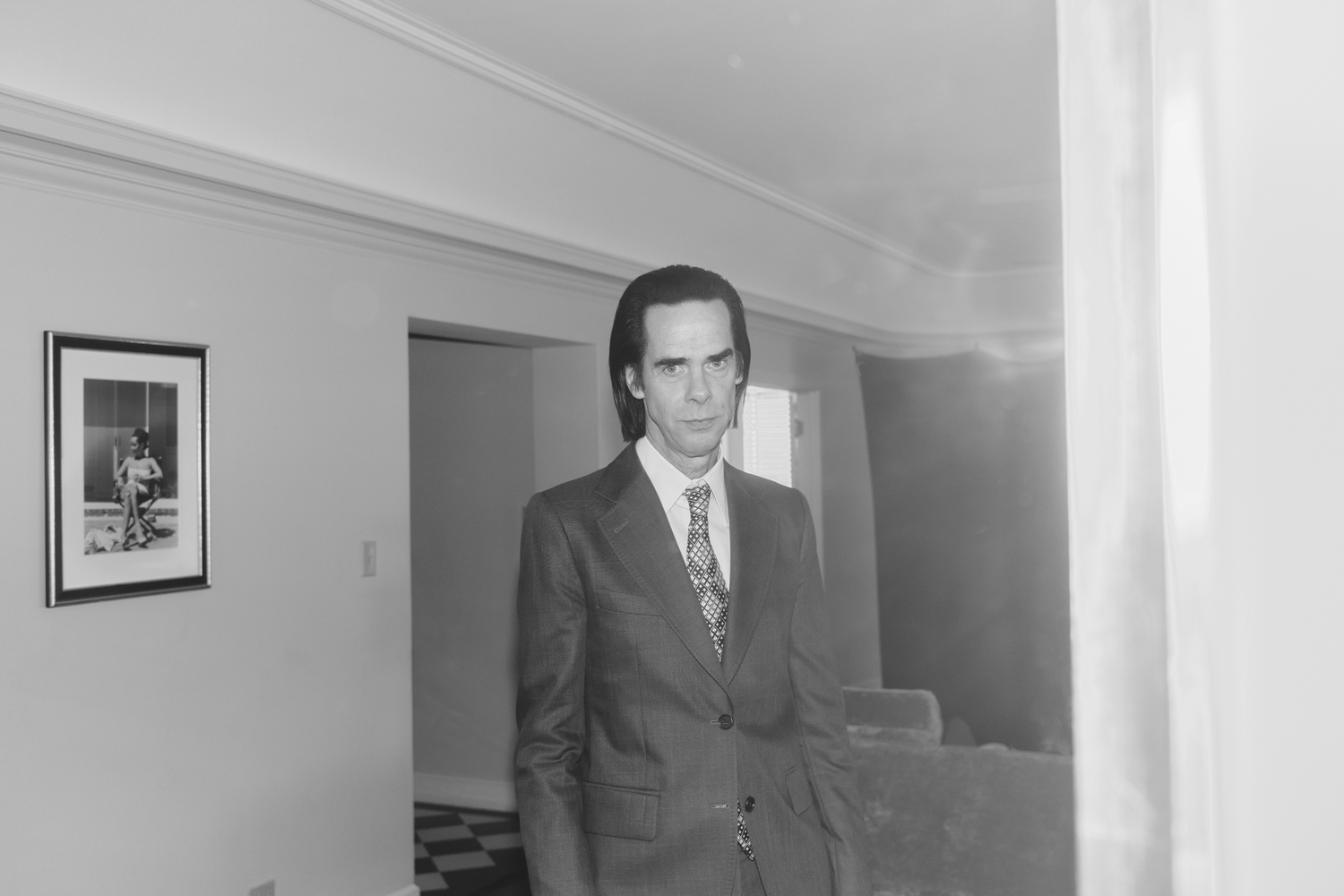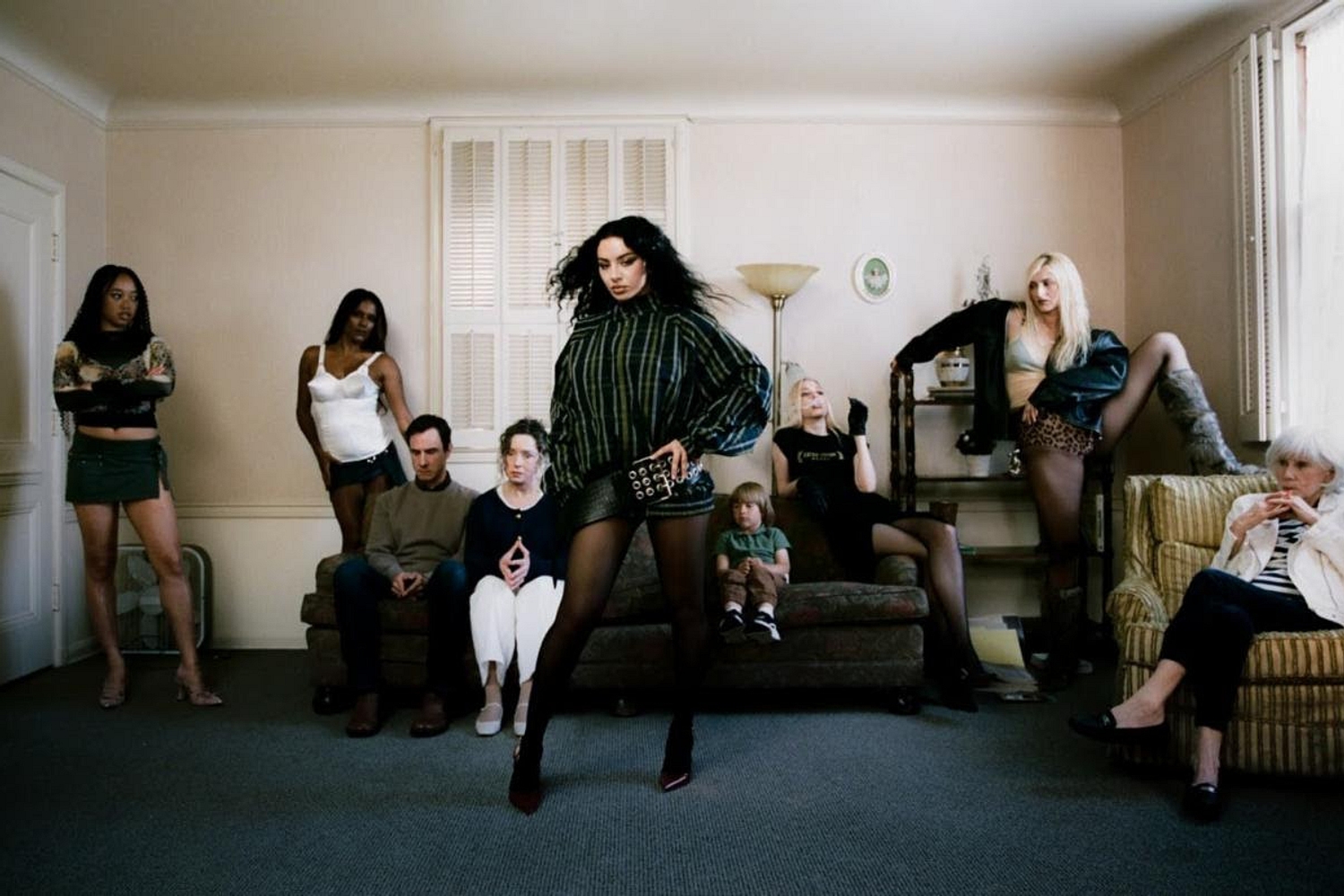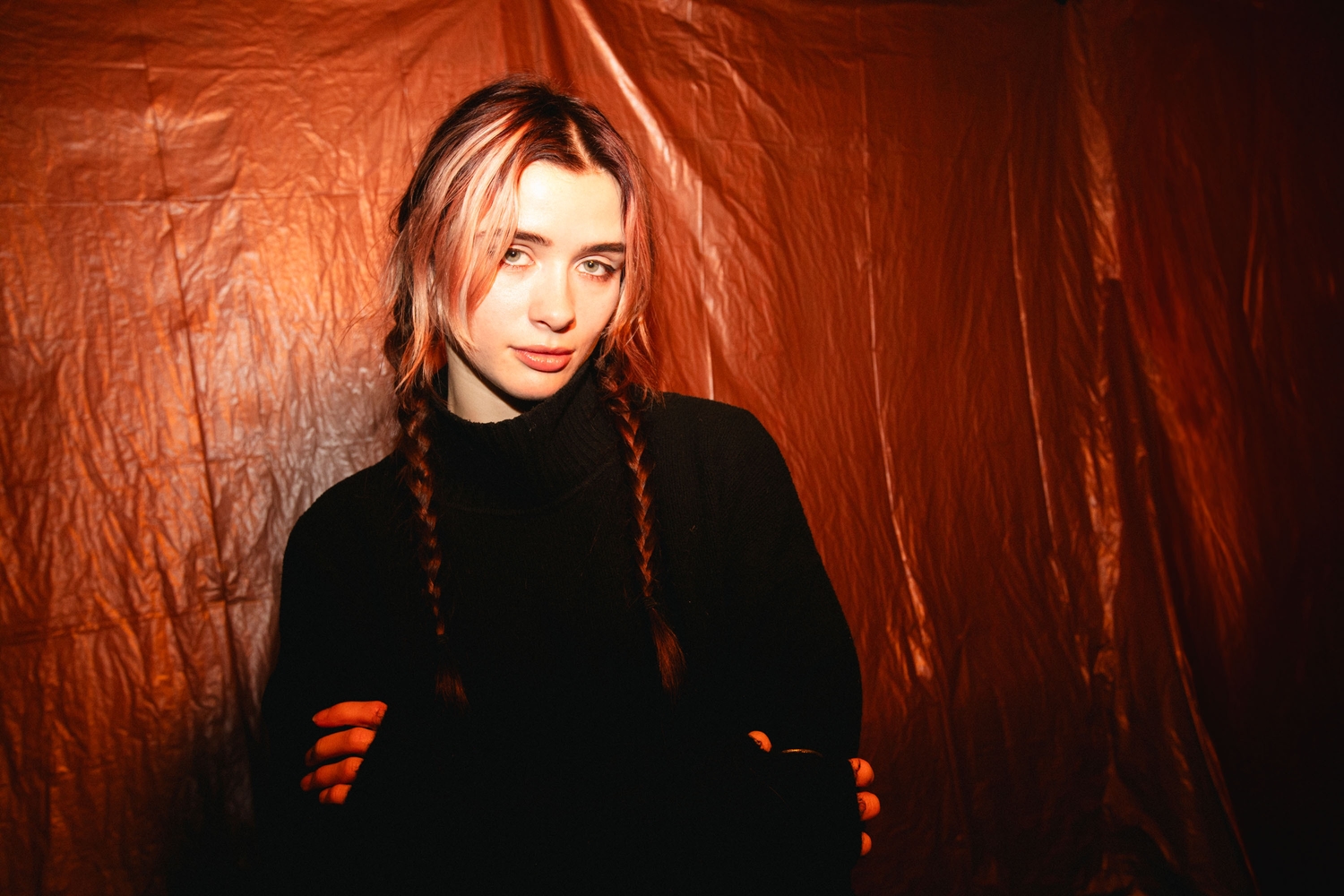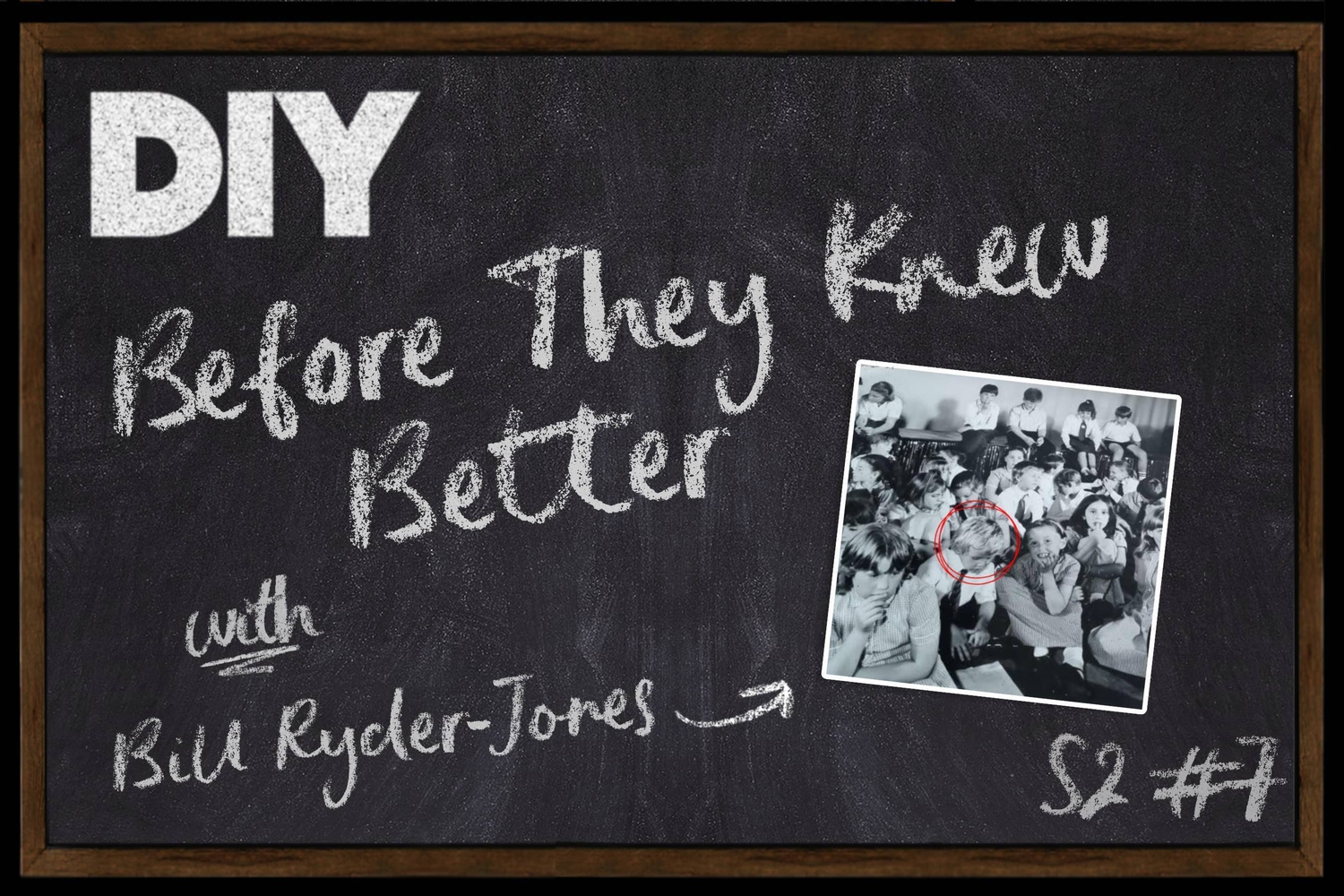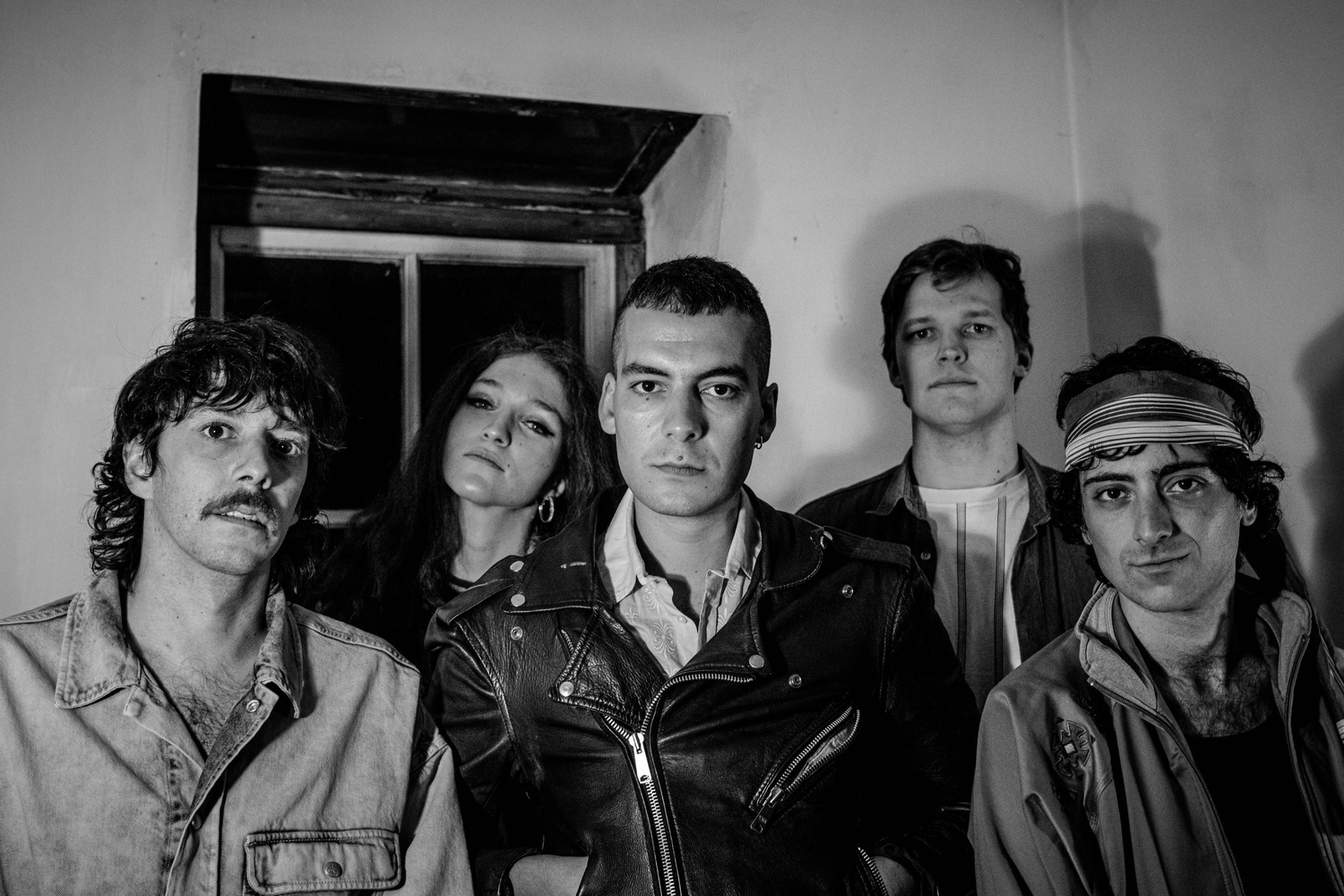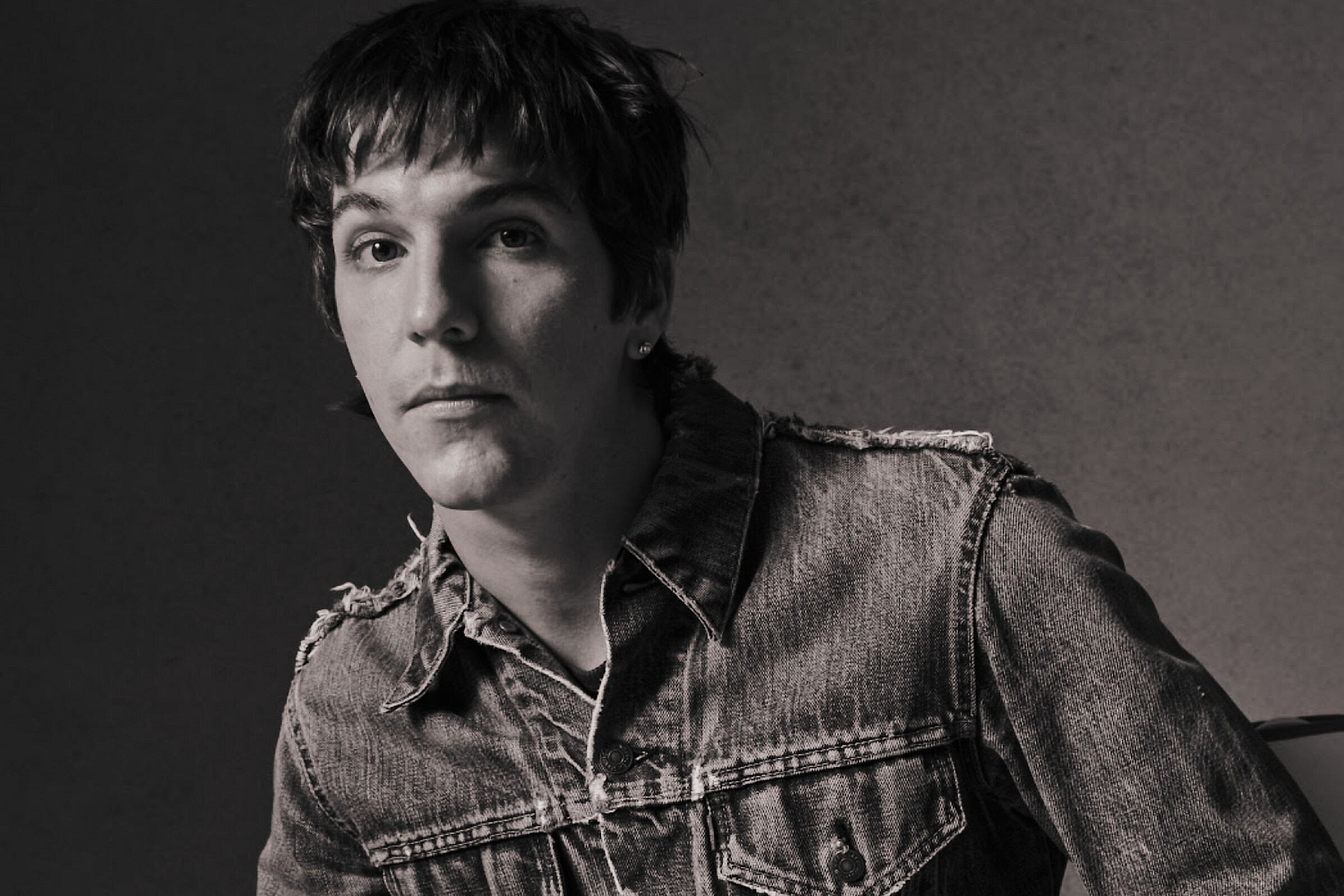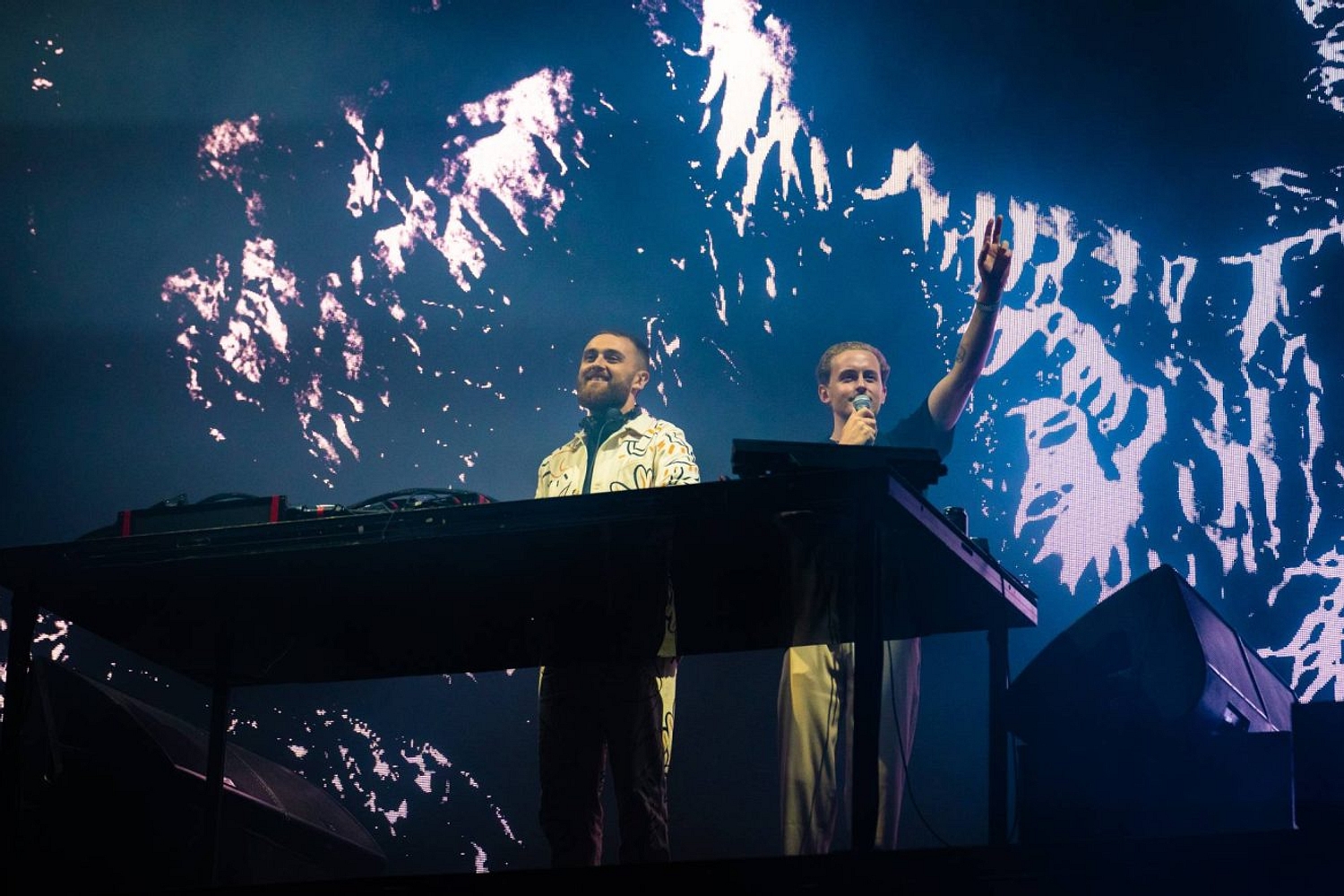In-depth Strokes of brilliance: the musicians using art as an outlet
Right now, loads of musicians are revealing themselves to be dab hands with a paint brush. We spoke to a few of the current crop about why art is their go-to.
It shouldn’t really come as much of a surprise given art and music’s interlinking natures, but lately, tonnes of our favourite musicians have emerged as being pretty handy with a pen and paper. From Laurie Slaves’ solo art show during the Edinburgh Fringe Festival, and Keaton Henson’s ace graphic novel ‘Gloaming,’ right through to Grimes’ brilliant skull-filled drawings (Claire Boucher is the artist behind every single one of her album covers) and Courtney Barnett’s cartoonish sketches of chairs and quickly snatched train window views, they’re all at the art lark, these musicians.
“Why do any of us?” asks Andrew Savage, pondering why exactly he, and other musicians, enjoy getting their paint on. Besides fronting New York’s surrealist post-punk band Parquet Courts, Andrew is responsible for all of their cut and paste flyers, striking album covers, and nearly all other visual gubbins. He even put together a newspaper once, for fans to to pick up from Williamsburg in exchange for a silver quarter. “It adds greater depth to our lives, as well as engaging us, both cerebrally and emotionally, with the profound,” he adds, getting fairly deep in the process. “It is a reflection of our humanity.”
For Hugh Schulte, who spends much of his time playing bass for Gengahr, art is, like music, an escape, and a place to find a bit of peace and quiet. “For me, there’s just something very satisfying about making a physical mark on something,” he tells us. “All the chatter in your head dies down and you kind of just watch what’s happening on the canvas.” He also, like many other musicians who have turned their hand to art, doesn’t see it as a separate pursuit. Painting splats into the studio, and vice versa. “They definitely bleed into each other,” Hugh agrees. “Whether it’s colour or notes, you have to play around with them in the same way before you get something good. I’d say they ‘come from the same place’ however lame that sounds.”
The two avenues cross over to the degree that Gengahr song ‘She’s A Witch’ ended up sharing a name with a painting Hugh did at a life drawing class back at art school “I had decided to put blue paint all around her for absolutely no reason,” Hugh explains. “It was too good to be true so we used it, and from that moment on, it was renamed in the song’s honour.”
RAT BOY (who besides writing scrappy, yell-ready anthems, and creating havoc around town on his skateboard, is a pretty nifty artist) is in agreement with this sentiment. “I make art and I make music, and I just put them both together,” he reasons. “They kind of go well together because they are both coming from me, and the same headspace. That’s how my mind works, all over the place.” He also sees art as a place with no rules, nor instruction manual. “I do what I want with it, and no one can tell me it’s shit or wrong because there is no right way of making art,” Jordan says, adding “Thats one of the reasons I’ve always enjoyed it. I grew up doing quite a bit of street art with my friends growing up. I once got arrested for doing a chalk drawing on a bin round the back of a Next shop…but they let me go.” What a rebel.
Clay Frankel, Twin Peaks’ guitarist, was also drawn to the same ideas, though initially the old-guard of traditions associated with stuffy classic paintings put him off. Since, he’s come around to it, and now designs all of his band’s artwork. “I drew for a while in school, just absent minded doodles like anybody does, then I stopped drawing after I was out of school,” he explains. “Then years later I got back into it, mostly from being on tour and having a lot of down time. So I started drawing and that lead to painting, which I always had a sort of distaste of for some reason. I think it was because the few art classes I had in school were very unimaginative and standard lesson stuff. But now painting is very fun.”
Andrew, meanwhile, ignored the world’s most famous painters for years. “Truthfully, I didn’t really start looking at painters until I was a bit older. I worked for a company in Brooklyn that sold rare prints and editions, as well as gallery and museum exhibition posters. That was the real beginning of my art education, I think,” he says. “Picasso, Charles Burchfield, Matisse, Jacob Lawrence, John Wesley, Kandinsky… These are painters who inspired me to think about shape, colour and composition in a way I previously had not.”
Though he’s drawn to art’s ability to provoke and question things - “I’m attracted to subversion,” Andrew says - he’s mainly interested in how a nice-looking poster can (pardon the pun) draw people towards Parquet Courts’ music.
“As a young man it was more the content and imagery that attracted me, over any aesthetic value,” Andrew says. “But eventually as I started buying records and making flyers for shows, I started to notice and care about aesthetics more. With punk imagery, the fact that it didn’t really look like anything else out there was its biggest virtue. I can recall the lyric book for ‘Plastic Surgery Disasters’ making a massive impression on me. Blinko and Gee Vaucher also. Much of it, very evidently, involved a member of the band, which was empowering for me because it reinforced a type of accessibility that other rock record covers didn’t. Mostly it was about getting people to turn up to the show you were booking, so it had to stand out pinned to a wall.
Andrew makes a good point - the secret to the current crop of paintbrush-wielding musicians probably lies in the fact that Hugh, Andrew, Clay and Jordan don’t just understand the music they’re responding too; they helped shape every note in the first place.
Q&A
Time for a toughie - what’s your favourite album sleeve ever?
Hugh: Probably ‘Dark Side of the Moon’ [by Pink Floyd]. Can’t beat that really!
RAT BOY: MF DOOM - ‘Mm.. Food’.
Andrew: That’s so tough. All of The Mothers of Invention sleeves, especially the first five or so, I’ve admired as some of the best. Reid Miles, who designed a majority of Blue Note’s records during the 1950’s and 1960’s, is a massive typographical influence for me, and in my opinion a sorely underrated graphic designer, who is more imitated than he is known. [Raymond] Pettibon’s covers for Black Flag are held in high esteem. The cover for ‘Deathcrush’ by Mayhem I’ve found an appreciation for, especially after reading that it was an error at the printer that is colored pink - it was supposed to be white.
Clay: Probably the ‘Cheap Thrills’ Janis Joplin one [with her old band Big Brother and the Holding Company] the one that Robert Crumb did. That’s some good shit. There’s so much going on, and yet it’s very pleasing to look at. I love crumb, his cartoons are crazy.
(Below: ‘Slip in In’ by Raymond Pettibon)
Which artists stood out for you, growing up?
Andrew: As a kid I was obsessed with The Ren and Stimpy Show, and even though it was a cartoon, it introduced concepts like color theory and composition to me, also a sense of line and movement. By comparison, it made other cartoons that I had been watching seem comparatively dull. To this day it sets a very high standard for me. Robert Crumb was also big for me, as a teenager and in college, I was pretty mad about Robert Crumb. I think maybe his subversive imagery was what drew me in, and also his line.
Clay: I don’t know if I ever really paid attention to painters growing up. I knew about [Andy] Warhol, because i had The Velvet Underground album with the banana and it’s got his name actually printed on the cover, which is pretty cocky. And I don’t like Warhol all that much. It’s so clean and cold and such a product, you know? Like it’s always clear when it’s finished. He’s like a stamper more than a painter. Warhol, stamp! [Jean-Michel] Basquiat is way better, much messier, much more human.
Hugh: Some of my favourite artists over the years have been Kandinsky, Matisse and Paul Klee.
RAT BOY: When I was really young I loved Ed Roth, Gorillaz and The Simpsons. I used to draw them all the time and used to show off in primary school that I knew how to draw Homer. When I started skating I was inspired by Mark Gonzales, Ed Templeton, Marc Mckee ,Neck Face - all them mad ones.
(Below: ‘Mr Sixties’ by Robert Crumb)
Besides you lot, which contemporary artists should we be keeping an eye on?
Clay: As for modern cats, I like Robert Crumb. So wild. Fearless Crumb. Also, you should check out this Chicago painter Neil Frankel. Very cool abstract paintings. If you’re hip you gotta check out Neil Frankel. He’s my grandpa.
RAT BOY: Hetty Douglas, Mikey Alfred, Sex Skateboards [run by Louis Slater], and Laurie from Slaves.
Andrew: A very good friend of mine, who used to play in a band called Teenage Cool Kids with me, is called Bradley Kerl and he is a wonderful painter, whose sense of color is really admirable. He has this amazing talent for channeling his spirit into commonplace, domestic imagery that could potentially be banal, but he elevates to spiritual. There are two guys who both orbit the Destruction Unit/Ascetic House universe that I am fond of. JS Aurelius, a friend and a member of D-Unit, who Parquet Courts has toured with, and then a guy named Collin Fletcher, who I do not know, but I find his approach to type to be really inventive.
Hugh: Some contemporary artists you should be checking out are George Shaw, Jason Martin and Jane Hayes Greenwood.
Popular right now
With Rachel Chinouriri, A.G. Cook, Yannis Philippakis, Wasia Project and more!
